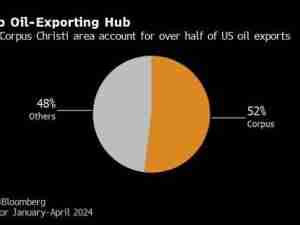The Drewry Container Port Throughput Indices are a series of calendar adjusted volume growth/decline indices based on monthly throughput data for a sample of over 340 ports worldwide, representing over 80% of global volumes. The base point for the indices is January 2019 = 100.
Drewry has developed a nowcasting model that uses vessel capacity and terminal duration data (derived from our proprietary AIS model) to make short-term predictions of port throughput.
Drewry’s latest assessment - May 2023
- The Global Container Port Throughput Index rose 5.4% MoM in March 2023, as global volumes rebounded after the Chinese New Year holidays. The index reached 105.9 points, just 0.3% below its March 2022 level. Resumption of activity in China helped to power the growth in volumes, but weak demand from Western markets tempered this momentum with YoY declines in container throughput recorded in North America and Europe.
- The Greater China Container Port Throughput Index increased 11.3% MoM in March 2023 to 108.4 points. This represented a 5.6% YoY increase over March 2022. Container throughput in Qingdao reached record levels in March 2023, with 2.4 mteu handled – an MoM increase of 31%. Shanghai and Ningbo also reported strong growth in throughput, with volumes rising 10% and 25% MoM respectively in March 2023.
- The North American Container Port Throughput Index recorded a 23.9% YoY decline in March 2023 to 89.9 points, its lowest level since June 2020. The latent impact of the Chinese New Year holidays, coupled with weak demand and the ongoing concerns about the still unresolved dockworker contract negotiations resulted in weak throughput figures at many ports on the USWC in March. Its two largest hubs, the Port of Los Angeles and Port of Long Beach, posted large YoY declines of 35% and 30% respectively in March 2023.
* Note that the index figure for Africa is based on a relatively small sample, and so should be viewed with caution
# Index figures for Mar 2023 are based on partial data; figures for Apr 2023 are nowcast estimates based on AIS data; data for both periods are subject to subsequent revision












